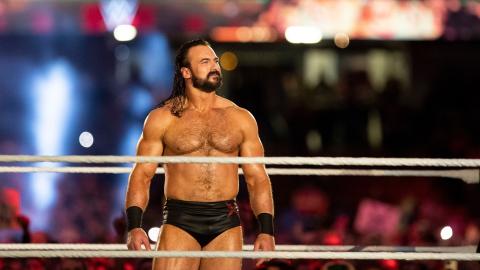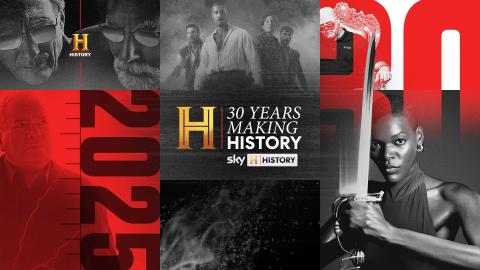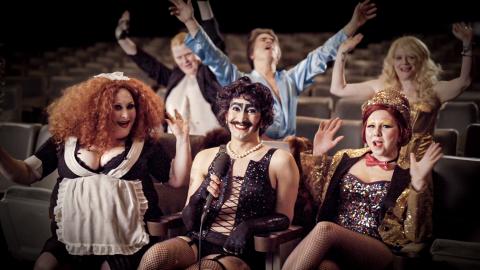Thinking of growing a little facial hair for Decembeard? Beware. Men have been doing it for tens of thousands of years, but make no mistake, growing and maintaining a beard is a hazardous and tricky business. There are many lessons to be learnt from history…
Let's start with the basics: A beard without a moustache? That way lies madness!
Had Abraham Lincoln, in his formative years, known that he was going to be sketched and photographed so frequently, he might have given more thought to the distribution of hair on the lower part of his head.
No-one has ever been entirely comfortable with the sight of a smooth, clean shaven top lip, hovering in awkward tandem above a full, manly growth, South of the mouth.
In the interests of sanity and symmetry we should keep a keen and vigilant eye on that all-important strip of skin below the nose, and make sure that it keeps pace with chin growth at all times.
For further advice we need to dig even further back into the history books. If Egyptian pharaohs had known that their odd little bandaged beards would always be the first bit to break off statues erected in their honour, they'd no-doubt have grown facial hair with a more generous connection to the chin.
Somewhere in Egypt there's a red-faced tomb raider with a cupboard full of Pharoah's beards inadvertently snapped from the mummified inhabitants of the Valley of the Kings.
Let us not make that same mistake people, and make sure that our own beards are thick, robust and as firmly attached to our faces as possible.
Grigori Rasputin was a Russian peasant and mystic - advisor to the Tsar and one of the first celebrities in history to fully leverage the power of facial hair.
Ra Ra (as he was known to his friends) tried a variety of different shapes and designs of beard during his lifetime, including thick and bushy, thin and moth-eaten, and long and pointy. The Mad Monk even experimented for a while with a beard that grew in two directions at the same time - the left hand flank pointing towards St. Petersburg while the right side veered in the general direction of Moscow.
This ill-judged, two-pronged look was later copied and further enhanced by the German admiral Alfred von Tirpitz, whose bi-directional beard resembled two Loofahs glued onto the sides of a coconut, and attracted much derision from friend and foe alike.
So, before you start growing a beard be 100% clear about its initial compass orientation and the direction it's subsequently going to set off in.
English cricketer William Gilbert "WG" Grace was extremely important in the development and popularity of over-zealous facial hair, and a man who should be considered an example to all of us.
WG and his vast beard played first class cricket for a record 44 seasons, from 1865 to 1908, during which time the beard and its wrangler captained England, Gloucestershire and the MCC, dominating the sport and excelling in the skills of batting, bowling and fielding. Indeed, it is only relatively recently that Beard Before Wicket (BBW) was removed from the laws of cricket, and consigned to the history section of Wisdens.
If you're going to play sport, assure that your beard will be an asset to your career, rather than a hindrance. No-one wants to see a snooker player at the Crucible potting the final black through an unkempt curtain of growth.
The beard has played a vital role in the history of popular fiction. JK Rowling and TRR Tolkien are both known to have spent more time on beard development than they did on almost any other aspect of their work - sometimes devoting several pages to long, detailed descriptions of the facial hair of their key characters.
So, as we go from designer stubble to fully-fledged, burgeoning bush this December, let us feel secure in the knowledge that it's invariably the Gandalfs and the Hagrids of this world that we think of most fondly.
















